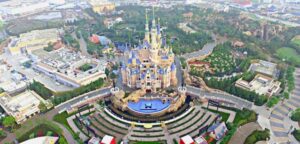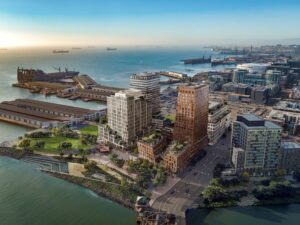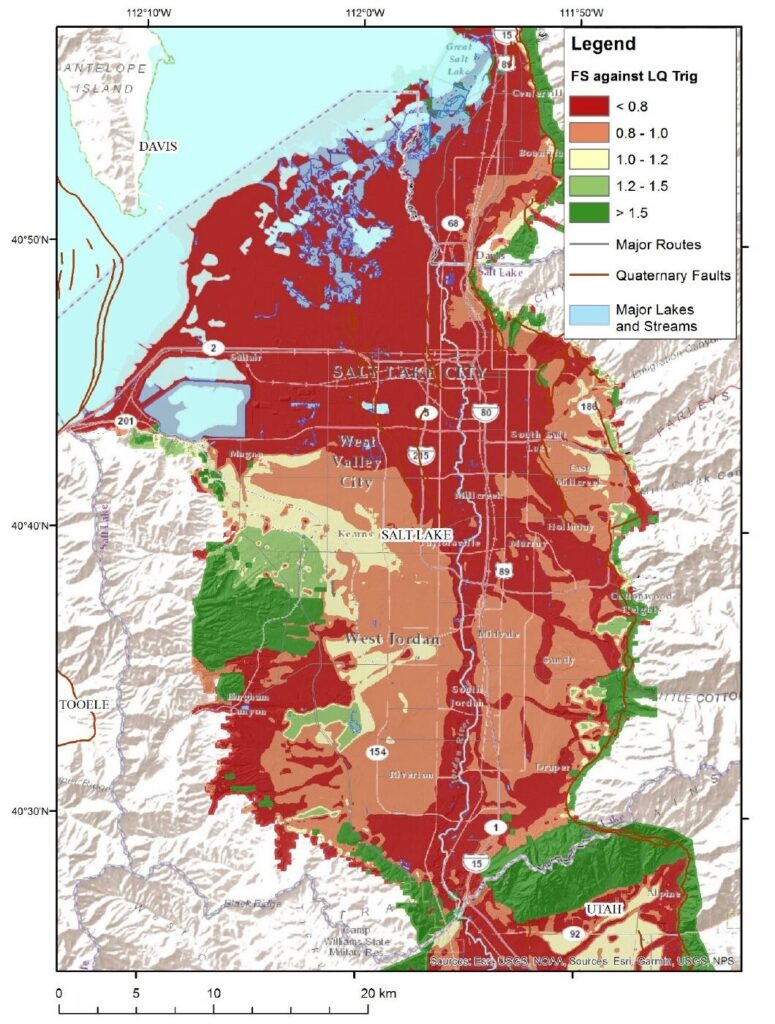UofU Professor’s Leadership in Seismic Design and Accelerated Construction Technologies
Dr. Steven Bartlett drives innovation in the design and construction of infrastructure worldwide. Having established himself as a global leader in geotechnical engineering, Dr. Bartlett has 35 years of experience in applied soil dynamics, liquefaction hazard mapping, seismic risk evaluations, and accelerated construction technologies.
In addition to his 25 years as an Assistant and Associate Professor of Civil & Environmental Engineering at the University of Utah, Dr. Bartlett has contributed to significant projects for the Department of Energy, the Utah Department of Transportation, and numerous consulting firms. Currently, he is coauthoring the updated NAV FAC 7.3, a critical design manual for Geotechnical Earthquake Design used by the Department of Defense. Dr. Bartlett’s work is characterized by its practical application and real-world impact, particularly in rapid construction and green technologies.
Accelerating Construction: A Global Impact
Dr. Bartlett’s research on rapid construction technologies has been pivotal in the design and execution of several high-profile infrastructure projects, including the Lucas Museum of Narrative Arts in Los Angeles, Disney Shanghai, and the Mission Rock Project at the Port of San Francisco.
Lucas Museum of Narrative Art (LMNA)
of Narrative Art (LMNA)
Scheduled to open in 2025, the Lucas Museum of Narrative Art is an ambitious project founded by filmmaker George Lucas and businesswoman Mellody Hobson. Dr. Bartlett played a crucial role in the seismic design of the museum’s green roof and car park landscaping, employing geofoam as a lightweight material to create one of the most complex green roofs ever attempted. His oversight and design input ensure the structural integrity and longevity of the museum’s unique architectural features.
Disney Shanghai
In the construction of Disney Shanghai, the design team utilized lightweight geofoam fill to prevent consolidation settlement damage to plazas and elevated structures. Dr. Bartlett’s expertise, backed by construction monitoring data from the University of Utah’s I-15 Reconstruction project, demonstrated the effectiveness of this rapid construction approach. His contributions have helped maintain the integrity and durability of one of the world’s most visited theme parks.
Mission Rock Project, Port of San Francisco
Mission Rock represents a transformative development for San Francisco’s southern waterfront, born from a decade of community engagement and meticulous planning. Dr. Bartlett led a team of design experts in reviewing the use of Lightweight Cellular Concrete (LCC) fill at the site. His research into LCC, known for being a lightweight, strong, durable, and cost-effective fill material, has been instrumental in ensuring the success of this landmark project. This technology is also being researched through contracts with the Mountain Plains Consortium and TriDurLE National Transportation Centers.
Mapping Seismic Hazards: Protecting Utah Communities
Closer to home, Dr. Bartlett and his graduate students have spearheaded a multi-year project to map the liquefaction hazards in Salt Lake, Weber, Davis, and Utah Counties. The National Earthquake Hazards Reduction Program (NEHRP), the Pacific Earthquake Engineering Research Center (PEER), and the Departments of Transportation from Utah, California, and Oregon supported this probabilistic-based mapping initiative. Dr. Bartlett’s work in this area is crucial for mitigating seismic risks and enhancing the resilience of Utah’s infrastructure in the face of potential earthquakes.
Geotechnical Engineering at the University of Utah
Geotechnical Engineering applies Civil Engineering technology to earth materials, such as soil and rock, typically found on or near the surface. Geotechnical Engineers design and analyze a wide range of infrastructure and natural geologic formations, addressing challenges related to foundations, slopes, retaining walls, tunnels, dams, embankments, earthquakes, ground contamination, and more.
Explore Geotechnical Engineering→
More news from our department:
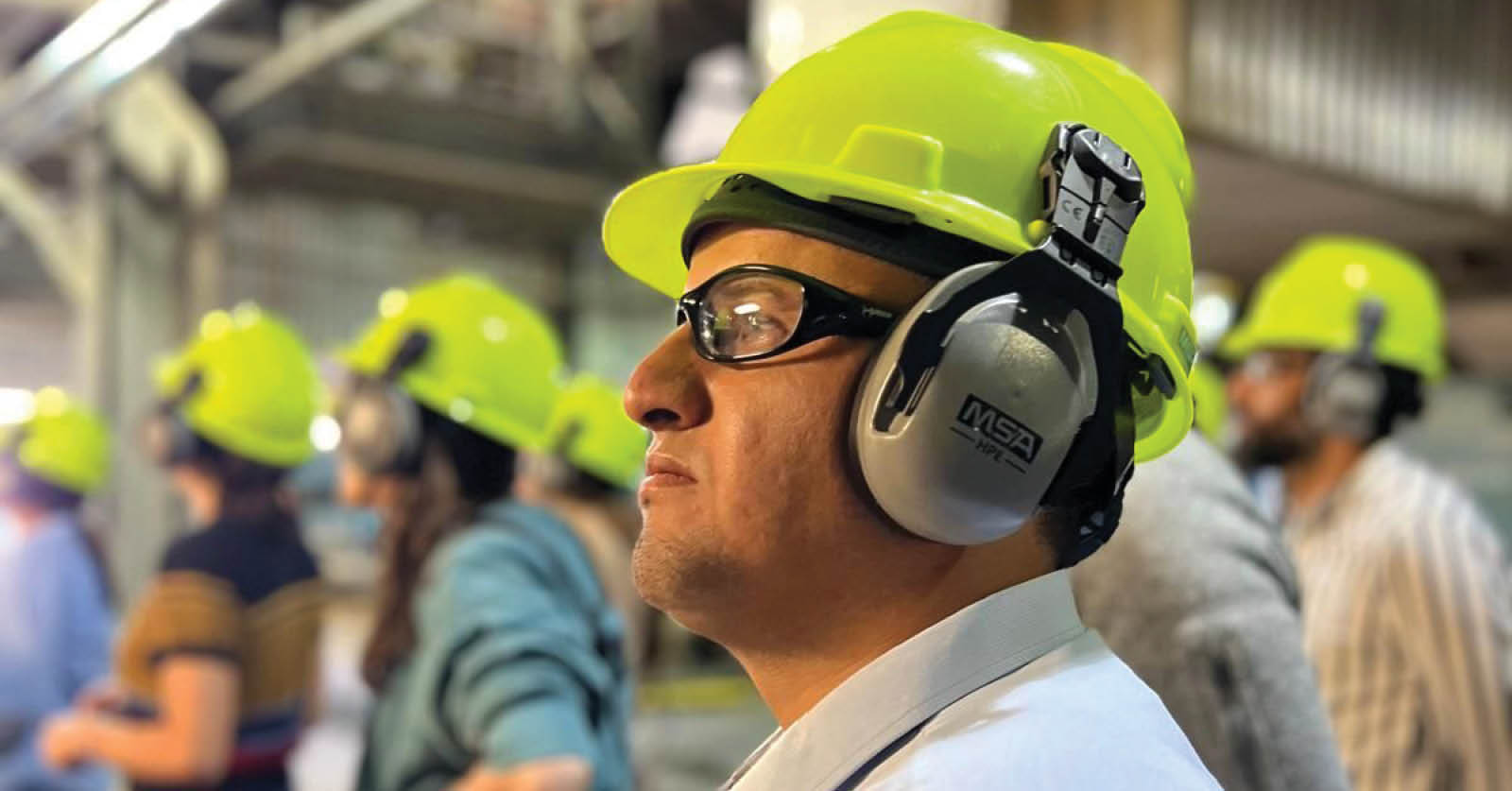
PhD Student Omar Bakelli Completes RECS 2024 Program
Bakelli’s Participation Propels Him into the Forefront of Carbon Sequestration Research University of Utah PhD student Omar Bakelli recently participated in the 20th annual Research Experience in Carbon Sequestration (RECS) program, held from July 21-30, 2024, across Colorado and Wyoming. Sponsored by the U.S. Department of Energy (DOE), RECS 2024 provided an immersive experience for […]
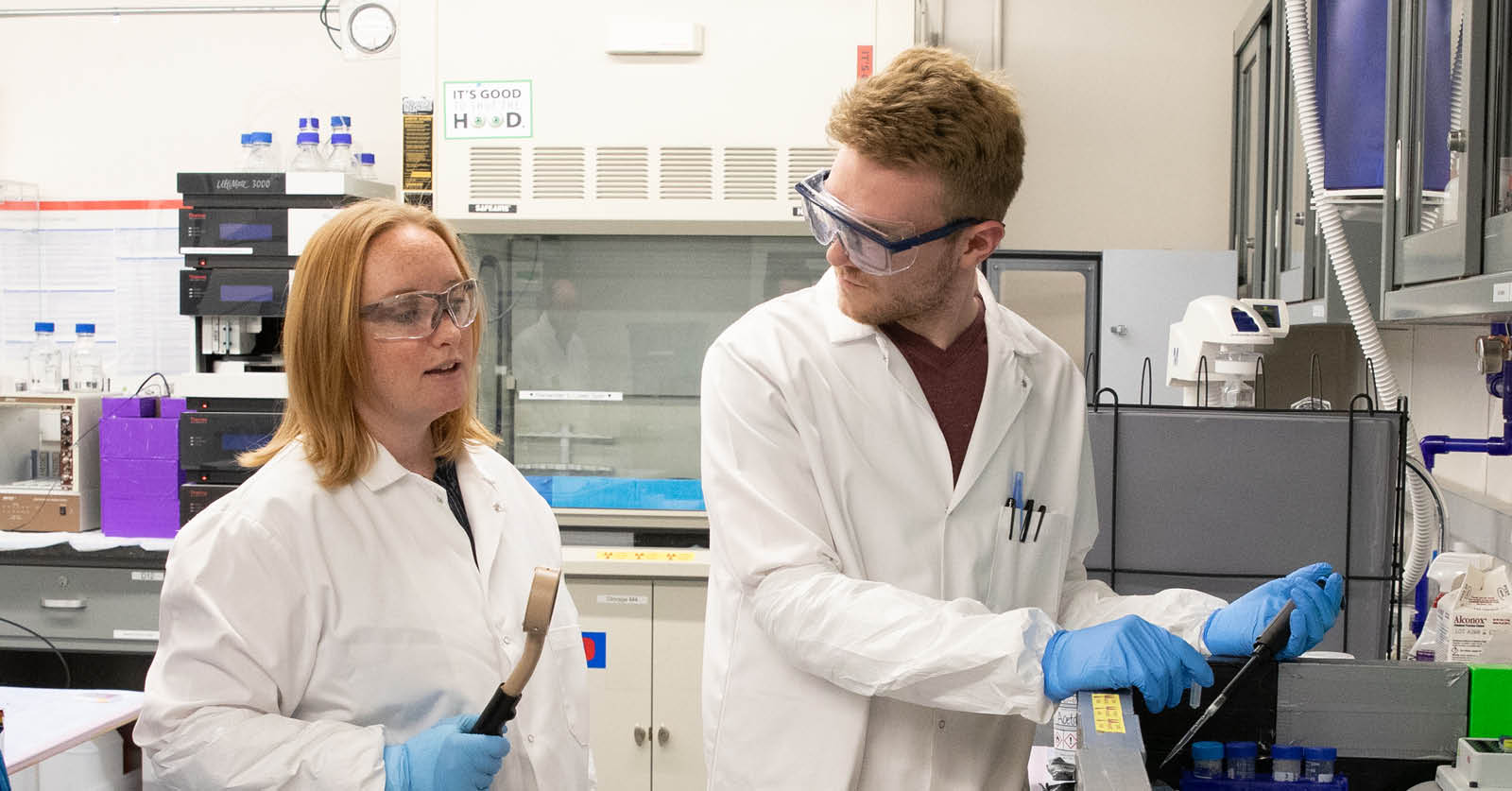
U Grad Breaking Boundaries in Alzheimer’s Disease
Innovative Alzheimer’s Treatment Developed at the U Featured in Journal of Nuclear Medicine Alzheimer’s disease, a debilitating brain disorder with limited treatment options, has long challenged researchers. Specifically, researchers have struggled with slowing the buildup of amyloid beta plaques, harmful clumps in the brain that exacerbate the disease by damaging brain cells and causing memory […]
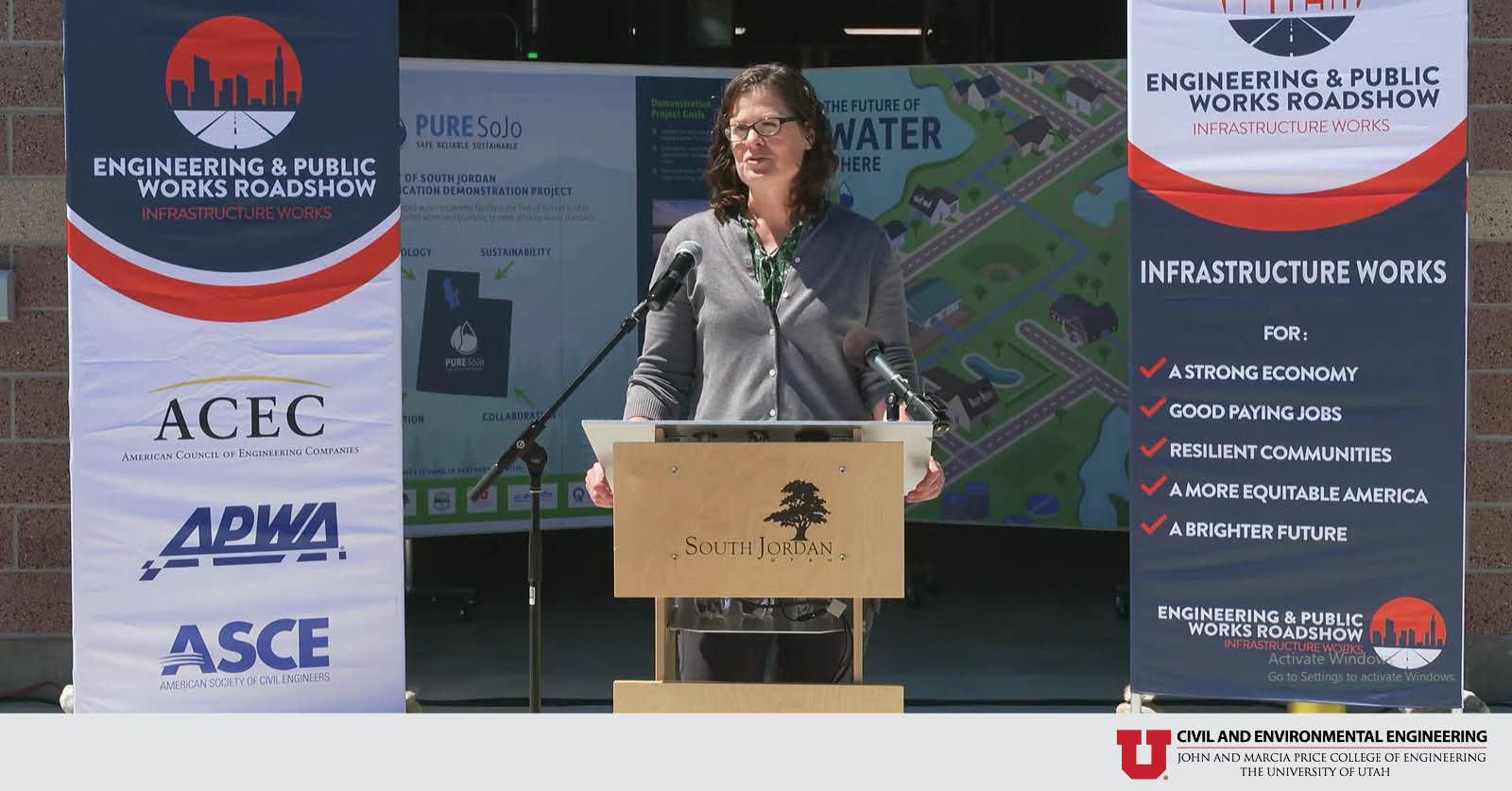
From Classroom Concepts to Real-World Impact
Dr. Weidhaas Champions Local Solutions for Water Reclamation in Arid Utah On June 18, 2024, Environmental Engineering Professor Dr. Jennifer Weidhaas shared her insights and experiences with the groundbreaking PureSojo project as part of the Engineering & Public Works Roadshow. This innovative initiative, developed in collaboration with the City of South Jordan, represents a significant leap […]
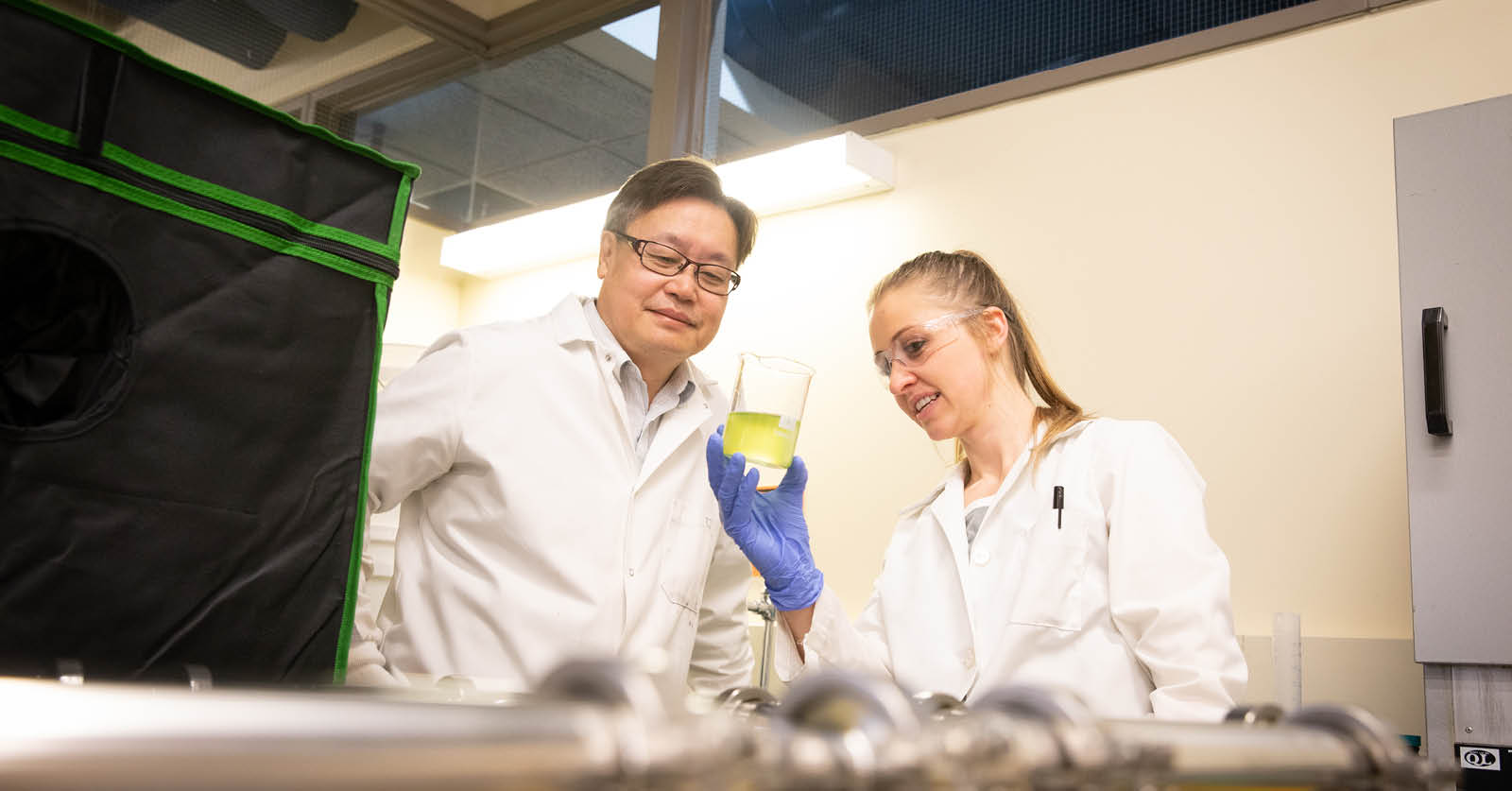
Nanobubbles: Tiny Powerhouses with Huge Potential
University of Utah Environmental Engineering Professor is at the Forefront of New Nanobubble Technology Peculiarly powerful, nanobubbles have opened a new frontier in science and engineering, creating promising environmental and medical applications. But what exactly is a nanobubble? Imagine a tiny water bubble that’s 2,500 times smaller than a single grain of salt. Then imagine […]


